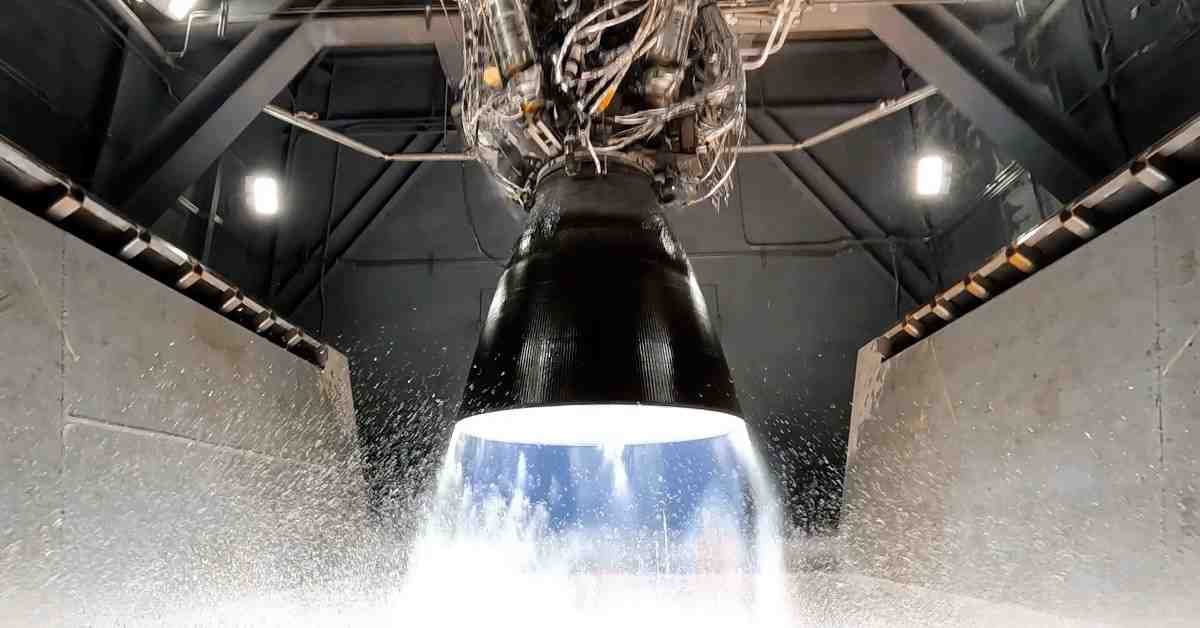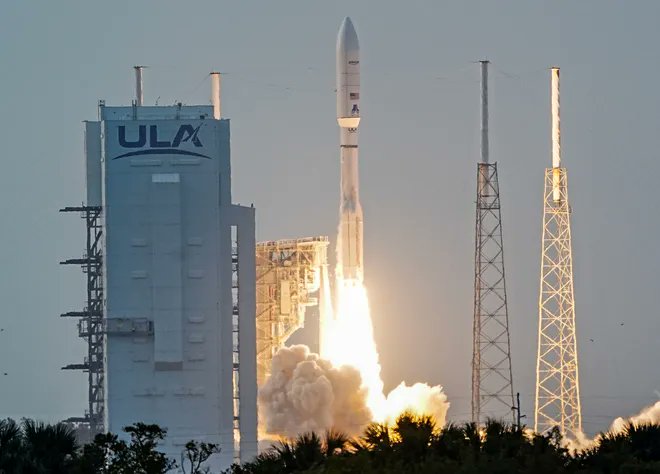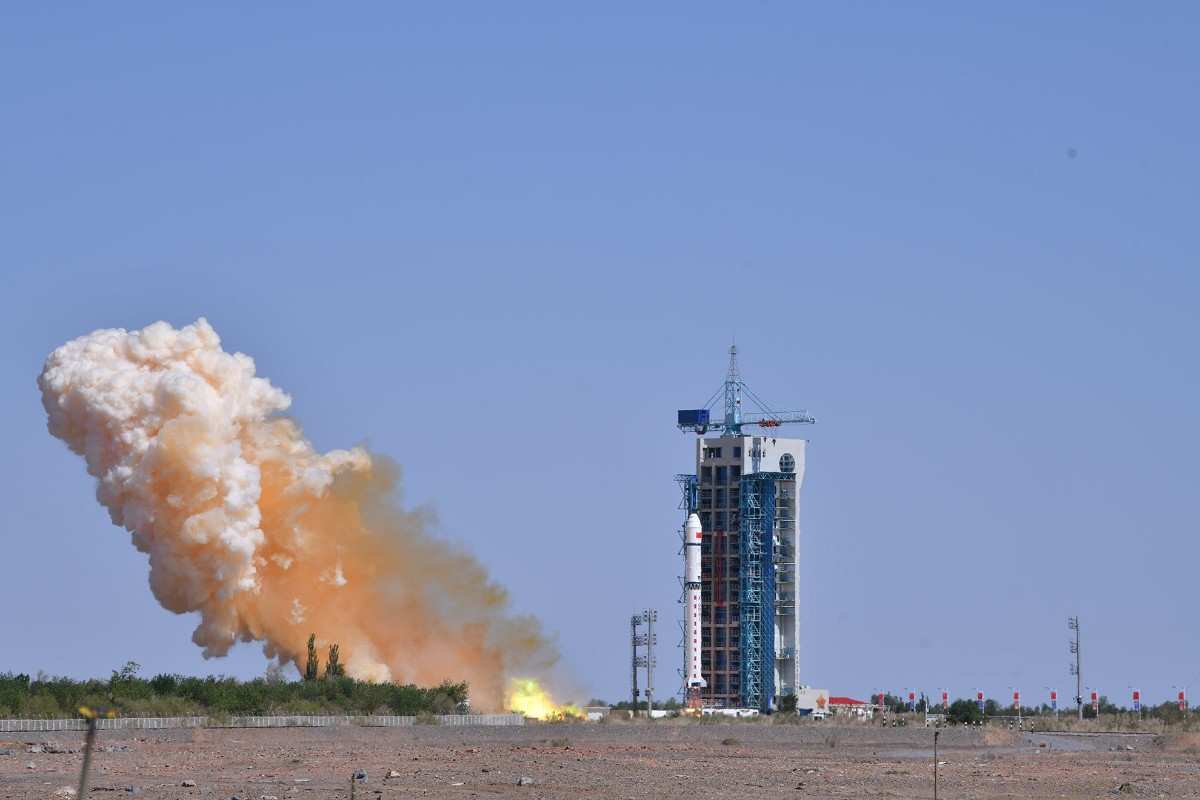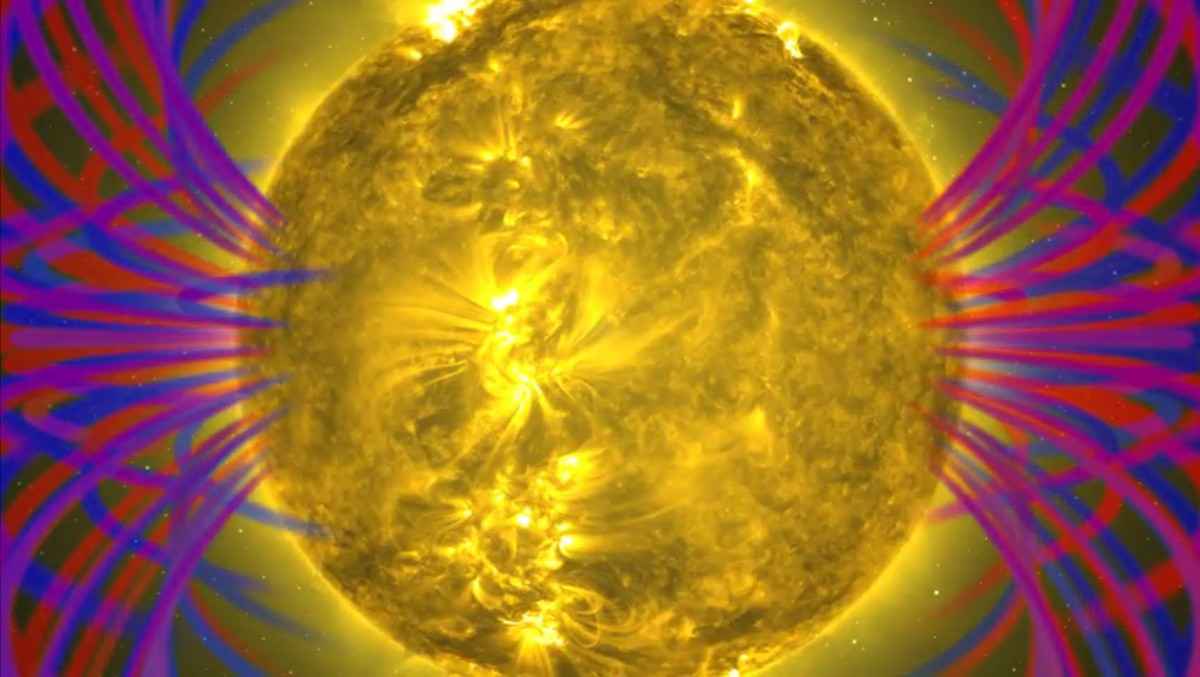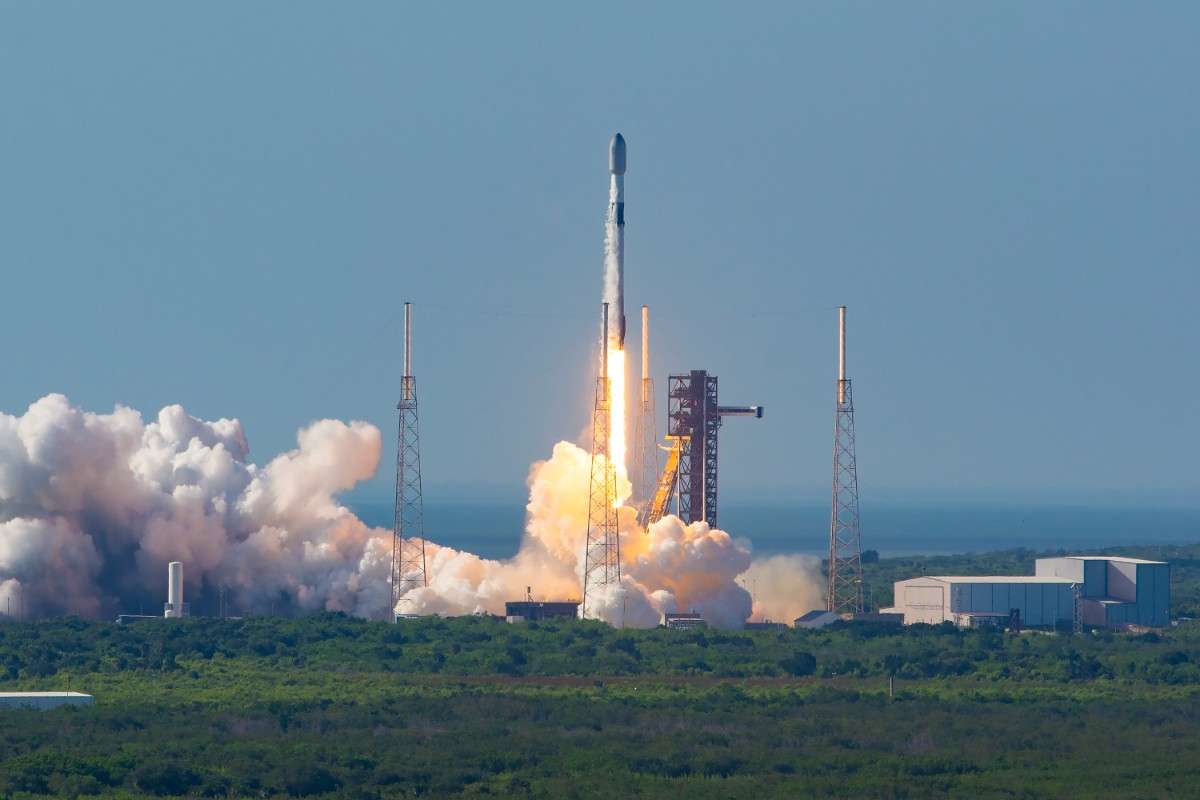Explore how NASA’s Artemis and ISRO’s Chandrayan missions are laying the foundation for Lunar Infrastructure And ISRU, resource utilization, from 3D-printed habitats to water extraction technologies.
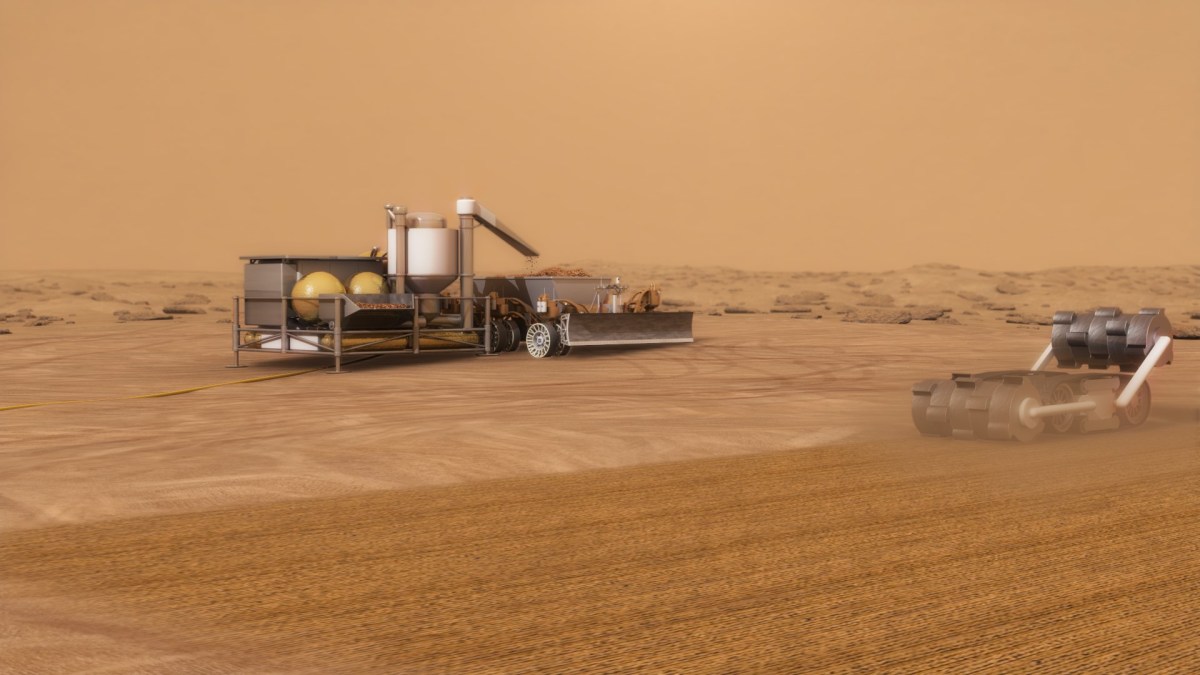
Lunar Infrastructure And ISRU (In-Situ Resource Utilization) : The Moon as Humanity’s Next Frontier
As space agencies shift their focus beyond low-Earth orbit, the Moon is once again taking center stage. This time, however, the goal isn’t just to land and return. The objective is long-term presence — building a sustainable infrastructure on the lunar surface using the Moon’s own materials.
Key players like NASA and ISRO are spearheading initiatives to establish permanent lunar bases through technologies such as In-Situ Resource Utilization (ISRU), 3D printing, and water mining. These efforts are seen as the foundation for future missions to Mars and beyond.
Why the Moon? A Strategic Stepping Stone to Mars
The Moon offers a low-gravity environment, proximity to Earth, and abundant resources — especially at the south pole — that make it an ideal testbed for technologies needed on Mars. A sustained lunar presence will allow scientists to:
Test life-support systems
Extract and use local materials (regolith and water ice)
Prepare infrastructure for long-term human missions deeper into space
NASA’s Artemis Program: Laying the Groundwork
NASA’s Artemis program aims to return humans to the Moon and establish a permanent base at the lunar south pole by the end of the decade. The mission roadmap includes:
Artemis III: Scheduled for 2026, aims to land astronauts near water-rich regions of the Moon.
Lunar Gateway: A modular space station in orbit around the Moon to support surface missions.
Habitat Modules & Power Systems: NASA is collaborating with private partners like SpaceX, Blue Origin, and Lockheed Martin to build surface habitats, solar arrays, and power storage units.
ISRU in Artemis
NASA’s Artemis program emphasizes ISRU technologies that will:
- Extract water ice from permanently shadowed regions
- Separate hydrogen and oxygen for rocket fuel
- Use lunar regolith to produce construction materials like bricks or cement
ISRO’s Chandrayaan-4: India’s Contribution to Lunar Construction
Following the success of Chandrayaan-3 in 2023, which achieved a soft landing near the Moon’s south pole, ISRO’s Chandrayaan-4 is expected to take the next step by focusing on resource mapping and infrastructure testing.
Mission Objectives:
Sample Return & Mineral Analysis: Chandrayaan-4 will aim to bring back lunar soil and rock samples for detailed ISRU potential analysis
- Robotic Construction Demonstration: ISRO is working with Indian tech startups to test robotic excavation and possibly demonstrate autonomous construction using regolith.
- Water Prospecting: Mapping of subsurface ice deposits using advanced radar systems.
- India’s advancements in cost-effective space engineering could play a major role in democratizing lunar development globally.
Key Technologies Enabling Lunar Infrastructure
1. Lunar Regolith-Based Construction
Regolith (lunar soil) is being tested as a material for 3D printing shelters.
NASA and ESA have created prototypes using simulants.
Reduces dependence on Earth-based materials.
2. 3D Printing & Robotic Assembly
- Autonomous 3D printers can build habitats layer by layer using local soil.
- Robotics will be essential in assembling solar panels, instruments, and habitat modules in extreme lunar conditions.
3. Water Extraction & Purification
- Water ice is abundant in shaded lunar craters.
- Melting and purifying it can provide astronauts with drinking water and fuel (via electrolysis into hydrogen and oxygen).
4. Lunar Power Systems
Solar arrays and energy storage systems are being developed to provide continuous power during the Moon’s two-week-long night.
NASA is also testing small-scale nuclear power systems.
International Collaboration and Commercial Partnerships
Lunar infrastructure is no longer the domain of government agencies alone. Several international and commercial efforts are converging:
ESA (European Space Agency) is working on regolith-based construction.
JAXA (Japan) is testing lunar mobility and rover designs.
Private companies like Astrobotic, Intuitive Machines, and Blue Origin are building landers and logistics solutions.
These collaborative projects aim to create a shared, interoperable lunar economy.
Challenges to Overcome Lunar Infrastructure and ISRU
While progress is steady, several hurdles remain:
- Extreme temperatures: Range from +120°C to -130°C
- Lunar dust: Sharp, abrasive particles can damage machinery
- Radiation exposure: Requires protective shielding for habitats and electronics
- Reliable communication: Especially on the far side or deep in craters
- Solving these challenges is essential for the success of lunar colonization.
Conclusion: The Moon Is Just the Beginning
With Artemis and Chandrayaan-4 preparing to lay the foundations for infrastructure and ISRU, the Moon is poised to become a critical launchpad for humanity’s future in space. By learning to live off the land in the most hostile environment we’ve ever attempted to colonize, agencies are building the blueprint for future Mars missions and deep space exploration.
The next decade will not just witness more landings—it will see the birth of lunar industry, powered by science, collaboration, and technological ambition.
Source
https://www.nasa.gov/overview-in-situ-resource-utilization/
https://en.m.wikipedia.org/wiki/Artemis_program
FAQs-Lunar Infrastructure and ISRU
1. What is lunar infrastructure?
Lunar infrastructure refers to the physical systems and technologies built on the Moon to support human or robotic missions. This includes habitats, power systems, communication networks, landing pads, and life support equipment. The goal is to enable long-term stays and scientific research on the lunar surface.
2. What does ISRU mean in space exploration?
ISRU stands for In-Situ Resource Utilization, a concept in which local materials—such as lunar soil (regolith) or ice—are used to support mission needs. On the Moon, ISRU technologies aim to extract water, oxygen, and building materials, reducing the need to transport everything from Earth.
3. Why is the lunar south pole a target for Lunar Infrastructure and ISRU development?
The Moon’s south pole contains permanently shadowed regions where water ice is believed to be trapped in large quantities. This water can be used for drinking, making oxygen, and even converted into rocket fuel. It also receives more consistent sunlight, ideal for solar power generation.
4. How will astronauts live on the Moon for long periods?
Future lunar missions will use specially designed habitats built either from imported modules or using 3D printing technology with lunar regolith. These shelters will offer radiation protection, thermal control, and life-support systems to sustain astronauts for weeks or months at a time.
5. What technologies are used to build structures on the Moon?
Technologies include:
- 3D printing using lunar regolith
- Inflatable or prefabricated habitat modules
- Robotics for remote assembly
Thermal and radiation shielding systems
These solutions reduce the need to launch heavy equipment from Earth and make use of locally available resources.
6. What role do NASA and ISRO play in Lunar Infrastructure and ISRU development?
NASA’s Artemis program is leading efforts to build a permanent base near the lunar south pole, with missions scheduled throughout this decade. ISRO, through Chandrayaan-4 and future missions, is contributing resource mapping, robotic systems, and cost-effective technologies that will support lunar operations.
7. Can we generate power on the Moon?
Yes. Solar power is the primary method being explored, especially at the south pole where sunlight is more continuous. NASA is also testing compact nuclear fission systems that can provide steady energy during the two-week lunar night.
8. How will water be extracted on the Moon?
Water extraction involves heating ice found in lunar soil or permanently shadowed craters, then collecting the vapor. That water can be purified for drinking or split into hydrogen and oxygen through electrolysis for fuel and breathable air.
9. Is Lunar Infrastructure and ISRU only for government space agencies?
No. Private companies such as SpaceX, Blue Origin, and Astrobotic are actively developing technologies for landers, cargo delivery, and construction on the Moon. These efforts are often in partnership with agencies like NASA and ESA, forming a public-private lunar economy.
10. How does Lunar Infrastructure and ISRU help Mars missions?
The Moon acts as a testbed for technologies needed on Mars, such as surface habitats, radiation protection, and ISRU systems. Lessons learned from building infrastructure on the Moon will help design sustainable systems for long-duration missions to Mars and beyond.
You May Also Like This
https://spacetime24.com/china-launched-zhangheng-1-02-satellite-but-why/
https://spacetime24.com/space-debris-crisis-orbit-junk-cleaning-technology/

